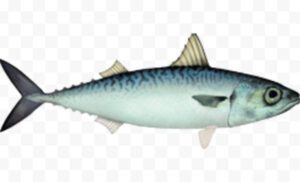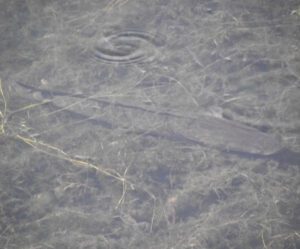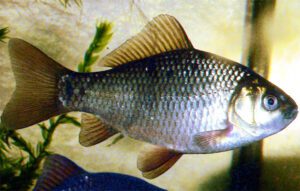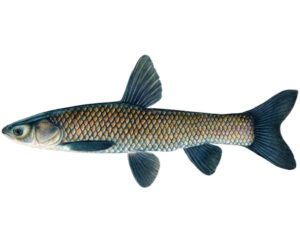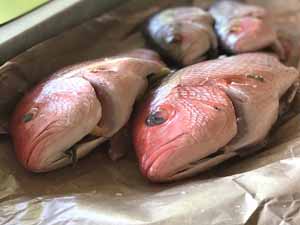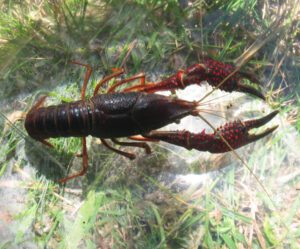Automatic fish farming is not a traditional business. Rather it is a very new technique for growing fish using modern technologies. This system has huge potential and can be the future of fish production in developed countries.
Fish farming (which is also known as ‘Aquaculture‘) , plays a crucial role in meeting the growing global demand for seafood. And it’s a very popular and common business in many countries around the world.
However, traditional fish farming methods face various challenges, such as labor-intensive processes, environmental concerns, and limited scalability.
Automatic fish farming has emerged as a groundbreaking solution, to overcome these limitations. Here we are trying to discuss more about automatic fish farming, exploring its concept, technologies, benefits, and potential impact on the aquaculture industry.

What is Automatic Fish Farming?
As the name suggests, automatic fish farming means producing fish automatically by using modern science and technologies.
Automatic fish farming involves the integration of advanced technologies and automation systems to optimize various aspects of fish farming operations. It encompasses a wide range of techniques and innovations designed to enhance productivity, efficiency, and sustainability in aquaculture.
These systems utilize sensors, actuators, artificial intelligence, and data analytics to monitor and control critical parameters, such as water quality, feeding, oxygen levels, and disease detection.
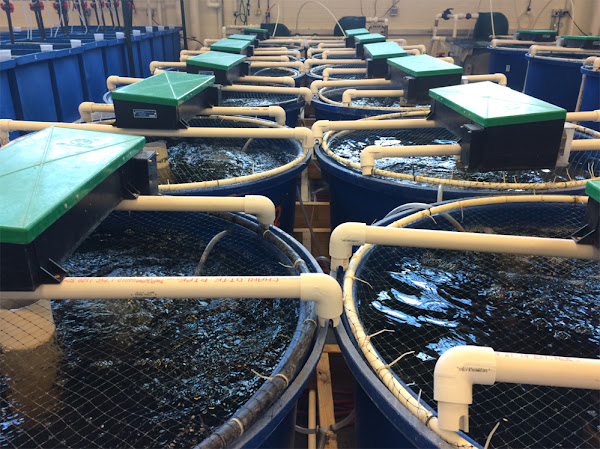
By automating and optimizing these processes, automatic fish farming aims to minimize human intervention, maximize production yields, and minimize environmental impact. This system has huge potential and can be the future of fish production business.

